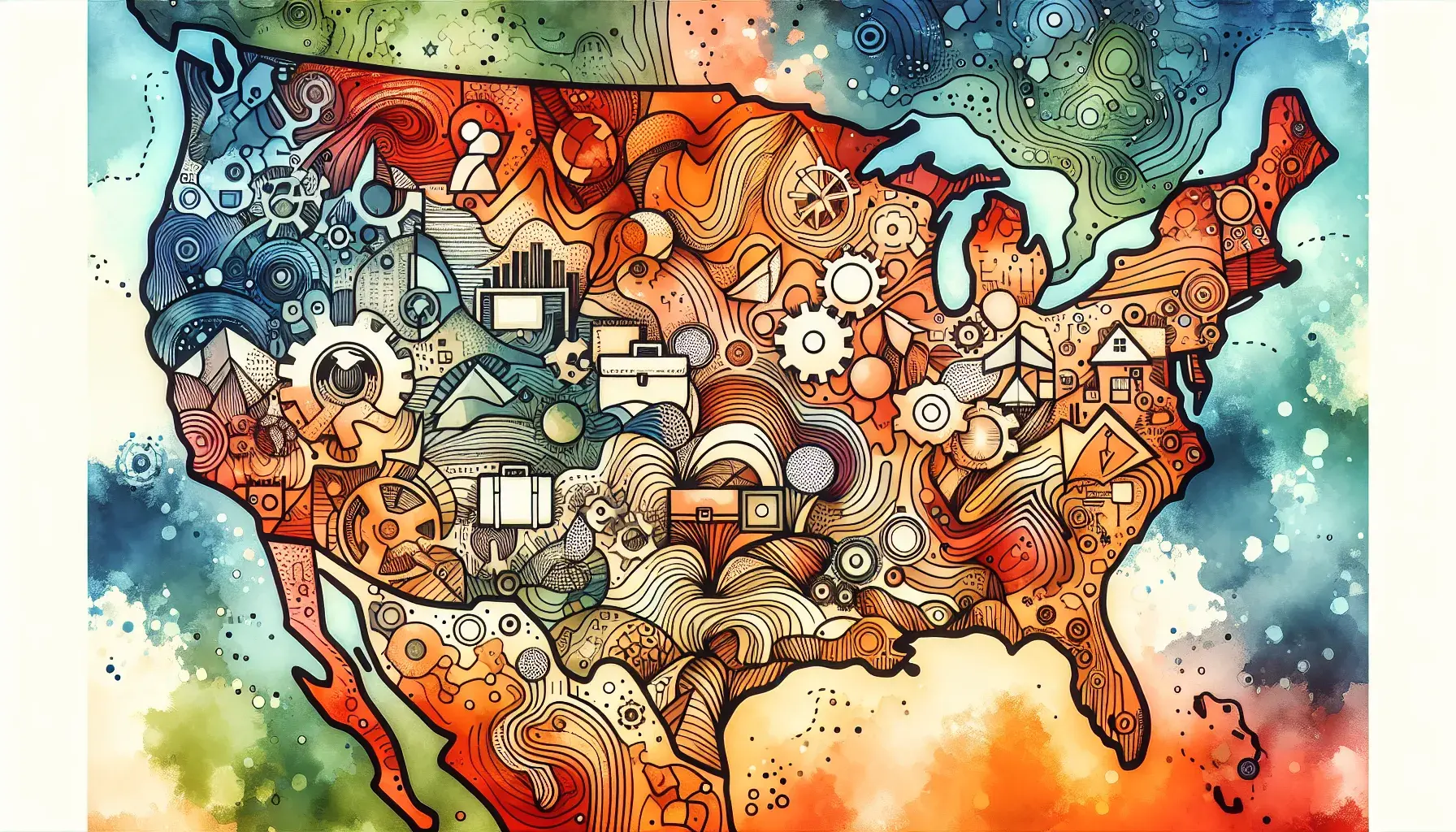Apply for Westcliff University Today!
❤️ 100% Free Assistance + No Fee + Rewards!
We promise we won't spam your inbox with unnecessary emails. Privacy Policy
Fresh BLS data ranks where jobs are easiest—and hardest—to land, based on each state’s latest seasonally adjusted unemployment rate. It’s a quick snapshot of local labor-market tightness that job seekers can use to calibrate their search.

The U.S. unemployment rate stood at 4.3% in August 2025. Across the map, conditions vary widely. South Dakota leads at just 1.9%, signaling exceptionally tight labor supply. At the other end, the District of Columbia posted 6.0%—higher than any state—while California tops the states at 5.5%, followed by Nevada at 5.3% and Michigan at 5.2%.
Using August 2025 unemployment rates as a proxy for how easy it is to find work, these states look most favorable: South Dakota (1.9%); North Dakota (2.5%); Vermont (2.5%); Hawaii (2.7%); Alabama (2.9%); Montana (2.9%); Nebraska (3.0%); New Hampshire (3.0%); Oklahoma (3.1%); Wisconsin (3.1%). Several are small, diversified economies with steady tourism, energy, agriculture, or manufacturing bases that keep jobless rates low.
Excluding D.C., which is not a state, the most challenging markets by unemployment rate are: California (5.5%); Nevada (5.3%); Michigan (5.2%); New Jersey (5.0%); Ohio (5.0%); Oregon (5.0%); Massachusetts (4.8%); Alaska (4.7%); Kentucky (4.7%); Rhode Island (4.6%). Elevated rates often reflect industry-specific headwinds—from entertainment and tech in California and Nevada to manufacturing pockets in the Midwest and Northeast.
Unemployment rates are not the whole story, but they are a clear, comparable indicator of local job-market tightness. Nationwide demand has cooled from the red-hot post-pandemic peak: the Bureau of Labor Statistics reported 7.2 million job openings in August, roughly flat on the month. For candidates, that means location can meaningfully change the odds—especially for entry-level roles and sectors in transition. Still, job seekers should weigh industry mix, wages and cost of living alongside headline unemployment.
State labor data are updated monthly, and rankings can shift as industries expand or retrench. Keep an eye on BLS’s state updates and job openings reports to track whether tight markets stay that way and whether higher-unemployment states are stabilizing or weakening further.
These Related Stories



No Comments Yet
Let us know what you think